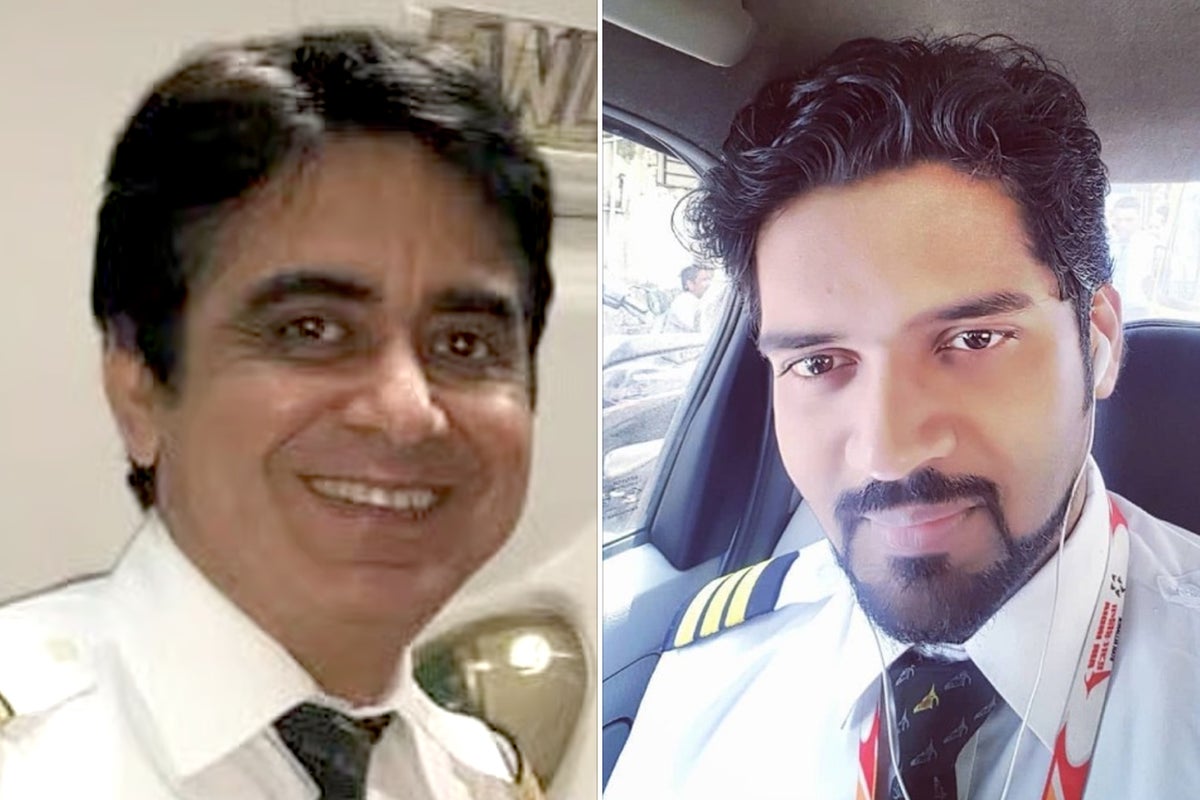The Tragic Crash of Air India Flight 171
The tragic crash of Air India flight AI171, which occurred on June 12, has once again brought attention to the pilots involved. An initial investigation into the ill-fated Boeing 787 Dreamliner flight has revealed a series of confusing moments in the cockpit, raising questions about what led to the disaster.
According to the preliminary report from India’s Aircraft Accident Investigation Bureau, the fuel control switches were moved to the “cut-off” position almost simultaneously, which deprived the engines of fuel. This information was obtained from the voice recorder of the black boxes. Moments after takeoff at 1:37 pm local time on a clear day, the plane bound for London from Ahmedabad began to lose thrust and descend.
Of the 242 people on board, 241 were killed, including 53 British nationals. Only one passenger, a British-Indian man seated in 11A, survived. The crash also resulted in the death of 19 more people when the plane hit a medical college building, bringing the total death toll to 260.
While the report did not assign blame, it highlighted that cockpit voice recordings captured one pilot asking, “Why did you cut it off,” with the second pilot replying that he had not cut off the fuel. This has sparked anger within the pilot community, with the Airline Pilots’ Association of India (ALPA-India) rejecting the presumption of pilot error in the Ahmedabad crash.
ALPA-India called for a “fair, fact-based inquiry” and urged that the pilots’ body be made part of the probe as observers. Sam Thomas, president of ALPA India, emphasized the need for an impartial investigation.
Captain Sumeet Sabharwal: A Veteran Pilot
Captain Sumeet Sabharwal, 56, had a long and distinguished career in aviation. He started his journey in the early 1990s and accumulated over 15,000 hours of flying experience. Joining Air India in 1994, he became a line training captain, responsible for training and guiding co-pilots during live flights. He was qualified to fly as pilot-in-command on several aircraft, including the Boeing 787 and 777, and the Airbus A310.
Sabharwal, who flew 8,596 hours on a Boeing 787, was known for his discipline and professionalism. Friends and family described him as soft-spoken and humble, with no complaints ever filed against him. He shared a close bond with his 88-year-old father, Pushkaraj, and was planning to retire soon to care for him.
On the day of the crash, he reportedly called his father from the airport, saying, “I’ll call you once I reach London.” That call never came. Sabharwal is survived by his elder sister, who lives in Delhi. His two nephews, inspired by their uncle, have become commercial pilots.
First Officer Clive Kunder: A Promising Career
First officer Clive Kunder, 32, was at the beginning of a promising aviation career, with over 3,400 hours of flight time. He grew up in Mumbai and joined Air India in 2017 after starting his journey as a pilot in 2012. Kunder had obtained clearances to fly various aircraft, including the Cessna 172 and Piper PA-34 Seneca, as well as Airbus A320 and Boeing 787 jets.
Kunder was looking forward to a new chapter in his personal life, as he was just two months away from his wedding. At his funeral, a close friend, Steffi Miranda, said, “Seventeen years ago, we met Clive for the first time. Since then, we watched him grow, evolve, and soar.”
Both pilots had strong ties to aviation. Sabharwal’s father, Pushkaraj, had retired from India’s Directorate General of Civil Aviation (DGCA), while Kunder’s mother was a former Air India flight attendant.
Ongoing Investigations and Concerns
Air India CEO Campbell Wilson stated that both pilots passed the mandatory pre-flight breathalyser tests and there were no observations about their medical status. He cautioned against “premature conclusions” amid growing scrutiny over the preliminary investigation.
In the final moments of the flight, one of the pilots, most likely Sabharwal, made a distressed transmission: “Thrust not achieved… falling… Mayday! Mayday! Mayday!”
The crash of Air India flight AI171 remains a subject of intense investigation, with many questions still unanswered. As the probe continues, the aviation community awaits further details on what led to this tragic event.







